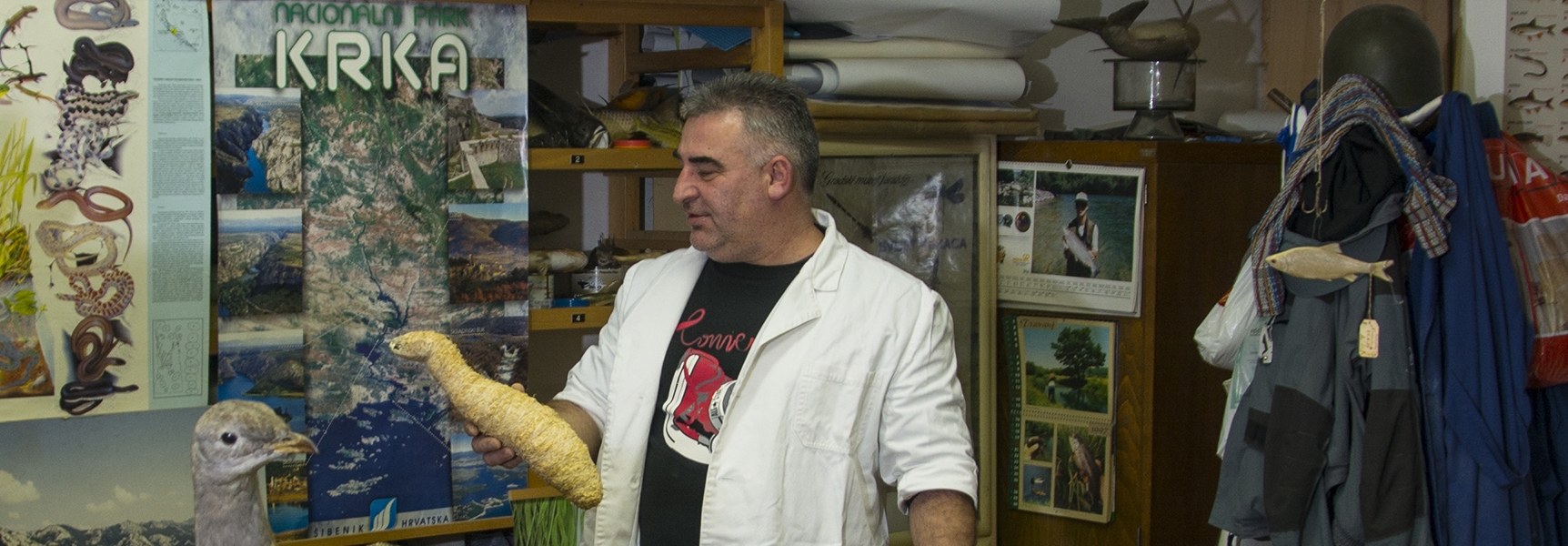

Martina Podnar Lešić, PhD
The collection consists of well-preserved samples of animal tissue separated from material collected mainly in the territory of the Republic of Croatia from 1997 to the present day. Tissues are stored in plastic sterile microtubes or in a laboratory freezer for ultra-low temperatures at -80oC, or preserved in 96% alcohol with storage in a classic freezer at -20◦C, or in RNalater conservation solution that protects macromolecules from decomposition already at temperature storage of -20◦C. DNA samples isolated from the subjects of the Tissue Collection for genetic analyzes are permanently stored with the collection at a temperature of -80◦C. This unique collection of permanently stored tissue samples and isolated DNA is, in a way, a national library of genetic biodiversity, where samples of endangered and endemic species of Croatian fauna are currently preserved. A high-quality preserved tissue in which the macromolecules of heritage are preserved from degradation is an extremely valuable scientific resource for the study of biodiversity, population genetics and phylogenetics both today and in the future. The material from the collection is processed in the museum's DNA laboratory.
Within the Department, there is a zoopreparation workshop and a collection of tissues for genetic analysis is kept. For exhibition purposes, dermoplastic preparations of animals from various groups are made using modern preparation techniques in the zoo preparation workshop.
For the same purpose, dioramas are made in which stuffed animals are placed in faithful replicas of their natural habitats. In addition, regular protection and, if necessary, restoration of existing preparations is carried out.
The Department provides professional and technical assistance to other museum Departments and, if necessary, to other natural history museums.

The youngest museum department grew out of the Zoopreparatory Workshop of the Museum. Animal taxidermy at the museum has a very long tradition - since the very foundation of the National Museum.
From then until today, the Museum has employed numerous excellent zoopreparators (e.g. Slavoljub Vormastini, Mirko Šnap, Petar Baraga, Anton Malčević, Ivan Nikšić, Pavao Alinger, Dragutin Rucner, Alojz Magerle, Božidar Antolić, Pavle Ražetina, Josip Žiljak, Mladen Vajdić, Branko Jalžić and Zlatko Godec).
Slavoljub Vormastini was the first preparer of the Natural History Department of the newly founded National Museum, and Pavao Alinger, the most famous Croatian preparer, is the author of the only book on taxidermy in the Croatian language: "Animal Preparation and Conservation".
How well known and appreciated the Zagreb school of taxidermy was is evidenced by the holding of the Federal zoopreparator course held by the Croatian National Zoological Museum in 1952 for future taxidermists from all parts of Yugoslavia at the time. In recent times, the preparers of our Museum were also engaged in the creation of the permanent exhibition of the Hunting Museum in Zagreb, and they also set up dioramas for the arrangement of the natural history exhibition of the Brijuni National Park. They also became famous for their well-developed techniques of dry fish preparation, which can still be seen today with exposed, especially small, endemic fish of the Dinarid karst.
Employees of the Restoration and Preparation Department:
Martina Podnar Lešić, PhD, head of the department, curator.
It has been in the Museum since 1997.
She is in charge of the Tissue Collection for genetic analyses.
Phone: +385 01 4851700
Zlatko Godec, senior preparer. It has been in the Museum since 1995.
Bruno Aljinovic, mag. geol., curator.